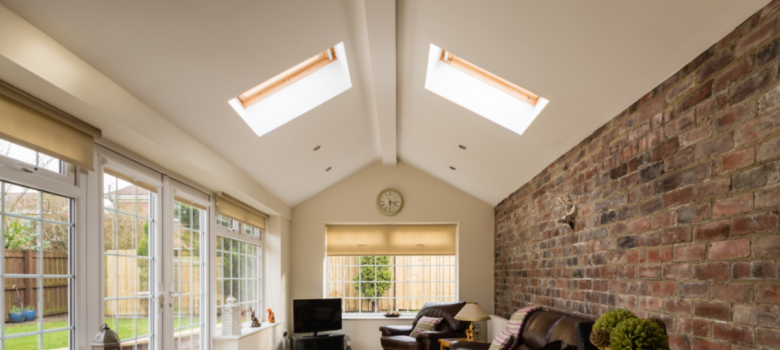
A conservatory can be a great addition to your home, but it can also bring problems. It can be difficult to know how to heat it, and the fact it is built from glass means it doesn’t retain heat well. Aside from being expensive for your bills, and potentially attracting dampness, it is pretty frustrating not to be able to sit comfortably in a part of your own home. Too cold in the winter, too hot in the summer; it can be really difficult to reach a balance.
Obviously, glass is nothing as good at insulating as solid walls, so hot air can pass through the many windows easily, just as cold air can get in from outside. To be honest, although you can limit it by opting for double-glazed glass, some degree of heat loss will always be inevitable with a conservatory. There are things you can do to offset some of the problems though; we’re going to run you through a couple here.
Insulate your conservatory ceiling
A modern method of increasing the energy efficiency of your conservatory is to attach insulation to the inside of the roof. Clearly, you will lose some of the natural light entering your conservatory, but it will still come through the walls, and you will be able to create a more comfortable environment. Insulating drastically reduces the amount of heat that can pass through a surface, and because heat rises, ceiling insulation is a measure that can make a real difference. As well as keeping your conservatory warmer in the winter months, it will also stop some of the thermal gain from sunlight hitting your roof in the summer, meaning the room will not overheat.
How can a conservatory ceiling be insulated?
First, battens are fixed to the inside of the roof. Quilted foil insulation is then added between battens, and more battens are attached on top of this. Finally, it is all covered with plasterboard and skimmed with plaster, to create a smooth surface for painting. Ventilation must be added to ensure the insulation doesn’t encourage damp, by allowing condensation to collect between surfaces.
It’s a relatively cheap and quick process, and won’t cause much disruption to the household.
The insulation works as a barrier to prevent heat rising through the glass ceiling. In fact, the measure can reduce heat loss from the conservatory from 90% to as little as 10%. It also stops sunlight causing the room to overheat.
Install infrared heating
The main issue with conservatories is that their temperature is badly affected by draughts. Normal convection heating (i.e. radiators) heats the air, and this tends to disappear through the glass in conservatories. Because infrared heats via (safe) radiation instead, it’s easier to reach a certain temperature and maintain it. Infrared heat rays heat the fabric of the building, and its contents, directly.
Jigsaw’s Power heater range is a great option. It’s a stylish and discreet bar heater that is placed on the wall and will direct heat down and outwards, heating the floor, the furniture and you! As it is built using extruded aluminium designed to maximise thermal capacity it will stay warm and continue to radiate heat, even after the heaters are turned off. Available in four different power models: 1500w, 1800w, 2400w, and 3200w. You will feel radiant heat even if draughts enter the conservatory because infrared is a completely different, more direct form of heating. You can also get portable infrared heaters for extra boosts of heat when sitting there on a cold day.
Jigsaw IR Power Heater – Indoor / Outdoor
It goes without saying that your conservatory will never be the warmest room in your home, but if you want to heat it, infrared makes the most sense.
Think we missed something? Do you have a different opinion?
Comment below to get your voice heard…



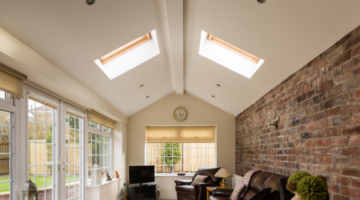
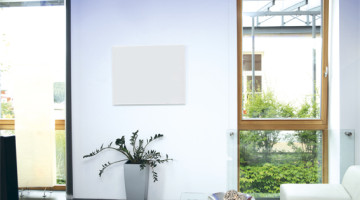
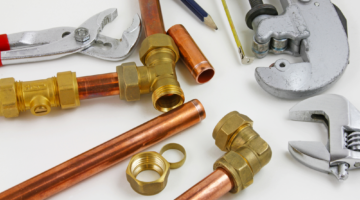
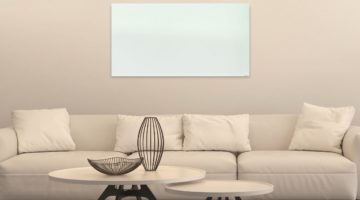





No Comments yet! Be the first one.